Dance Blog
Welcome! This is a space where I will share information and anecdotes about dance, music, and culture once per week. The main topics include Polynesian dance, belly dance, and sometimes other styles like Bollywood or kathak. Most posts are relevant to any of the above styles of dance and beyond, and some posts will be specific to one style. Some posts will be purely based on my experience as a dancer and business owner, while others will be generalized and well-researched. I hope you find something useful from each post. Please ask questions or join in the discussion if so inclined. If you would like to be notified when a new post is up, sign up for my email list here. Enjoy!
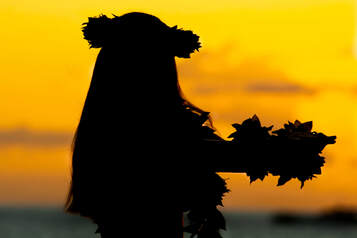
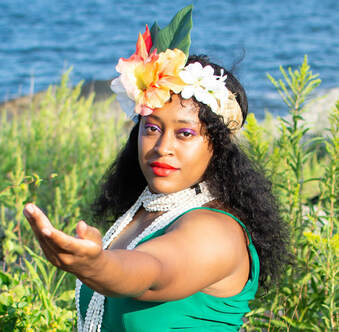
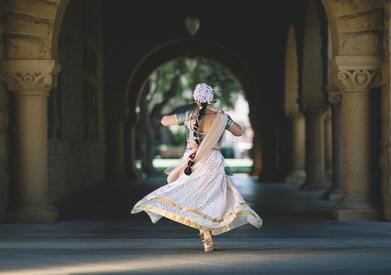
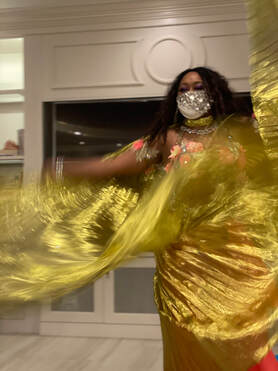
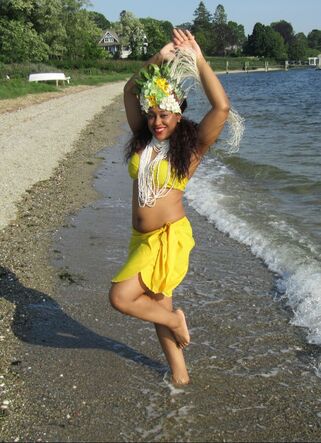
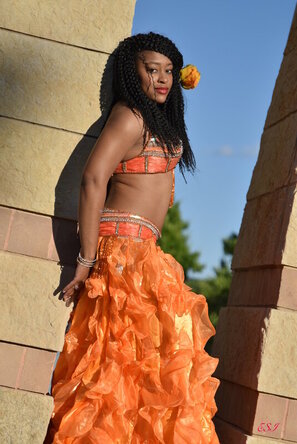
 RSS Feed
RSS Feed